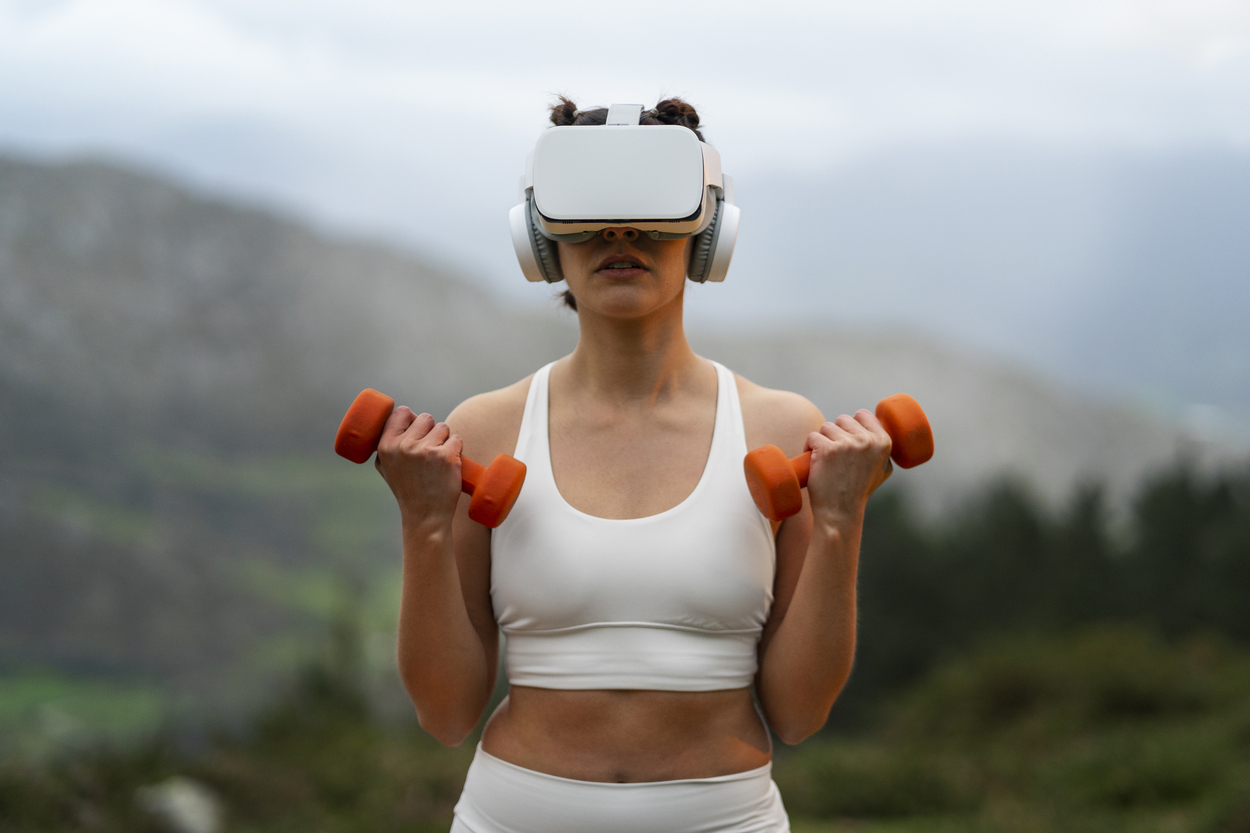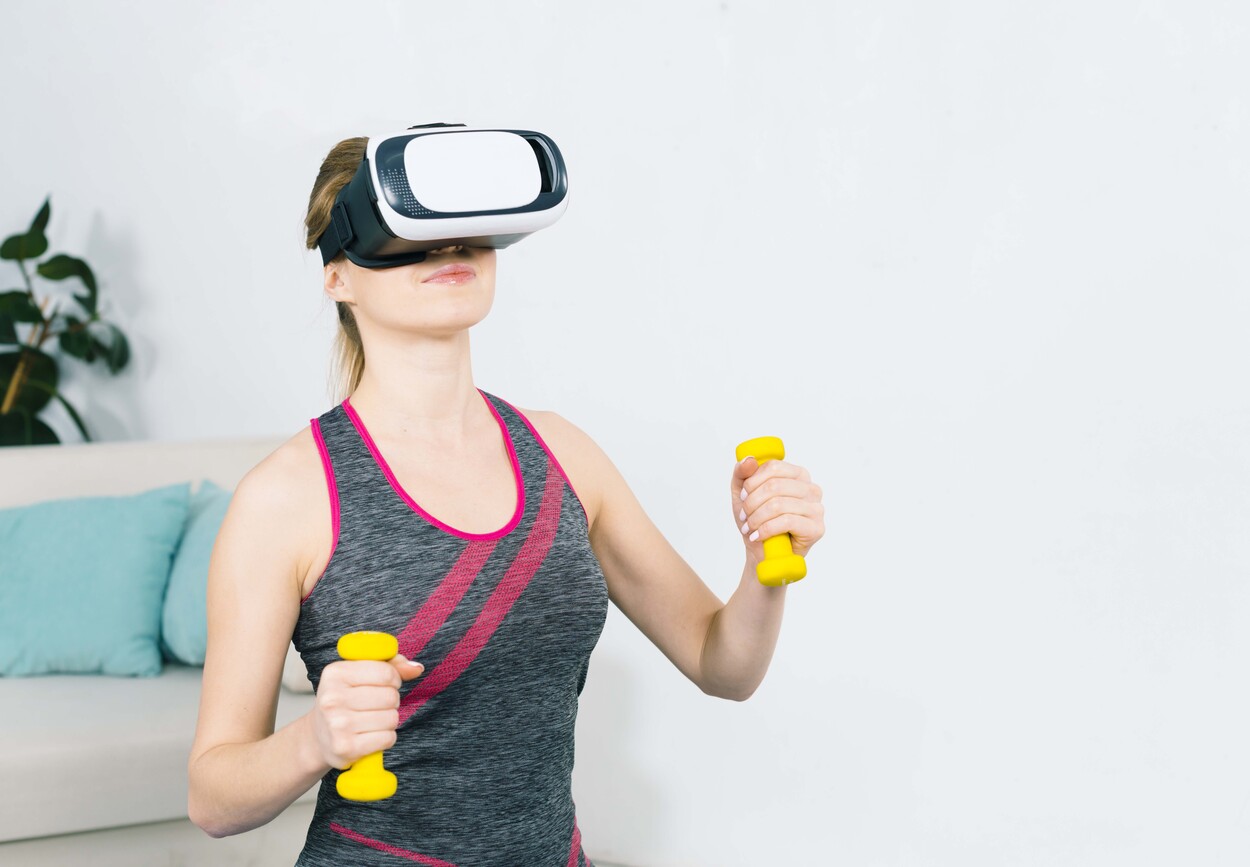Virtual Reality in Athletic Training: Enhancing Skills Through Immersive Simulation

Virtual reality (VR) technology is rapidly transforming sports training, offering athletes unparalleled methods to enhance performance through immersive and realistic simulations. This comprehensive article delves deeply into the specific applications, benefits, and future potential of VR in athletic training, emphasizing how sports teams and athletes can utilize VR to secure significant competitive advantages.
Introduction to Virtual Reality in Sports
Virtual reality technology simulates realistic environments and experiences using computer-generated sensory inputs such as visual, auditory, and haptic feedback. In sports training, VR offers a revolutionary approach by enabling athletes to practice and refine their skills in virtual environments that closely mimic real-world situations.
Realistic Game Simulations with VR
VR effectively replicates exact game scenarios, enabling athletes to repeatedly practice specific challenging situations without physical fatigue or injury risks. Athletes use VR headsets to immerse themselves in scenarios ranging from penalty kicks in soccer to detailed passing drills in basketball.
| Sport | VR Training Scenario | Benefits |
| Football | Penalty kicks, defensive formations | Improved precision, tactical acumen |
| Basketball | Passing plays, defensive positioning | Enhanced situational awareness |
| Baseball | Batting practice, pitching scenarios | Increased reaction times |
| American Football | Quarterback plays, defensive reads | Faster decision-making |
| Ice Hockey | Goalie saves, offensive zone positioning | Enhanced reflexes and spatial awareness |
Enhanced Tactical Awareness and Decision-Making
Through continuous exposure to realistic scenarios, VR training significantly enhances athletes' tactical awareness, strategic thinking, and decision-making skills. Athletes develop the ability to swiftly predict opponents' moves, identify patterns, and respond accurately under high-pressure situations. According to recent sports analytics studies, teams adopting VR report improvements of up to 20% in their tactical effectiveness and on-field performance.
Accelerated Skill Development
One significant advantage of VR training is the acceleration of skill acquisition through detailed, instantaneous feedback. Integrated sensors and advanced analytics in VR systems measure key performance metrics, providing athletes and coaches with accurate insights into areas requiring improvement.
| Metrics Monitored | Purpose | Results |
| Reaction Time | Assess and enhance response speed | Faster on-field reactions |
| Accuracy | Measure precision of movements/actions | Enhanced skill precision |
| Efficiency | Optimize energy and effort usage | Improved stamina and endurance |
| Spatial Awareness | Enhance understanding of positioning | Improved spatial decision-making |
| Mental Toughness | Evaluate and improve focus under pressure | Enhanced psychological resilience |
Injury Risk Reduction and Safe Rehabilitation
VR training effectively reduces the risk of physical injuries by allowing athletes to practice intensive drills safely. Athletes recovering from injuries can engage in controlled VR rehabilitation programs, preserving cognitive sharpness and tactical understanding while avoiding physical strain.
Real-world Case Studies and Applications
Several prominent sports organizations and teams worldwide have successfully integrated VR into their training regimens:
- NFL: Teams like the San Francisco 49ers use VR to help quarterbacks review defensive formations, leading to improved game performance and faster decision-making.
- NBA: The Dallas Mavericks utilize VR technology to boost players’ situational awareness and strategic understanding of various on-court scenarios.
- MLB: Baseball teams implement VR batting practice scenarios to enhance hitters’ reaction times and decision-making.
- Soccer: Major European clubs employ VR technology for penalty kick training and defensive strategies, markedly increasing player performance in critical match situations.

Social Media Insights and Examples
Social media and recent news highlight the increasing use and effectiveness of VR in sports:
- NFL Quarterback Jayden Daniels: Washington Commanders quarterback Jayden Daniels uses VR daily for simulating game scenarios, significantly enhancing his tactical skills.
- Olympic Preparation (Jess Fox): Australian canoe slalom champion Jess Fox leverages VR to repeatedly simulate Olympic courses, improving strategic performance.
- Australian Swim Team: Athletes use VR goggles to precisely practice relay exchanges, greatly enhancing their timing and accuracy.
Upcoming Global Events on VR in Sports
Several upcoming events will further explore and showcase VR’s growing role in sports training:
- SportsHCI 2025 (November 17–19, Enschede, Netherlands): A global conference discussing advancements in human-computer interaction for sports training.
- IEEE ISMAR 2025 (October 8–12, Daejeon, South Korea): International Symposium on Mixed and Augmented Reality, exploring cutting-edge VR and AR sports applications.
- Sports Medicine 2025 (June 2–3, Amsterdam, Netherlands): International conference addressing advancements in sports medicine, including VR rehabilitation and training methods.
Future Prospects of VR in Sports
Advancements in virtual reality, including haptic feedback and multi-sensory experiences, promise even greater realism and effectiveness. As VR technology matures, it will become integral to sports training programs globally, revolutionizing athletic development, performance, and injury prevention.
At Promwad, our expert team creates customized VR training solutions tailored specifically to diverse sports disciplines. Leveraging immersive technologies, software development, and advanced analytics, we partner with sports teams to elevate athletic performance through VR innovation.
Conclusion
Virtual reality is rapidly becoming essential in sports training strategies. Athletes and teams embracing VR today achieve substantial competitive advantages in performance, skill development, tactical decision-making, and injury prevention, marking a new era in athletic excellence.







